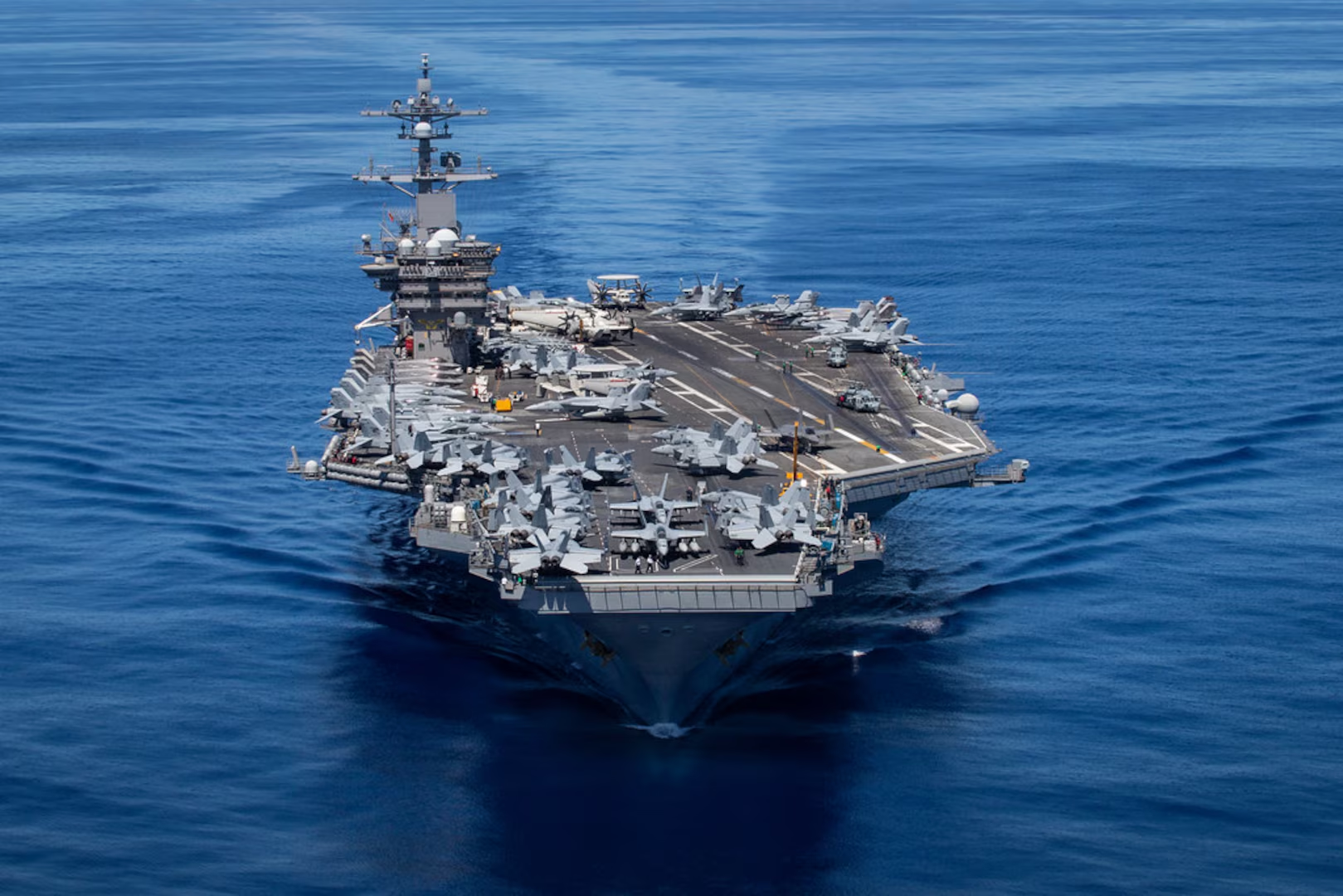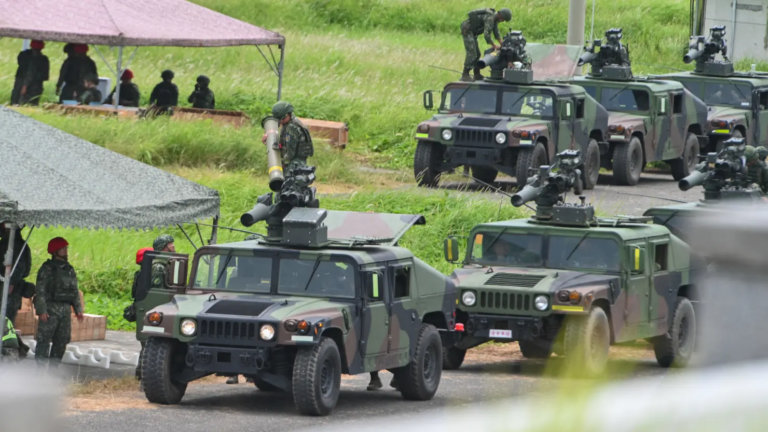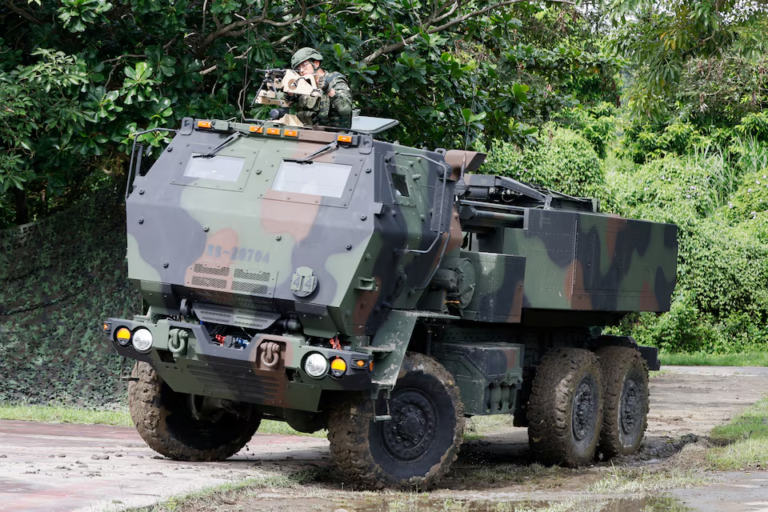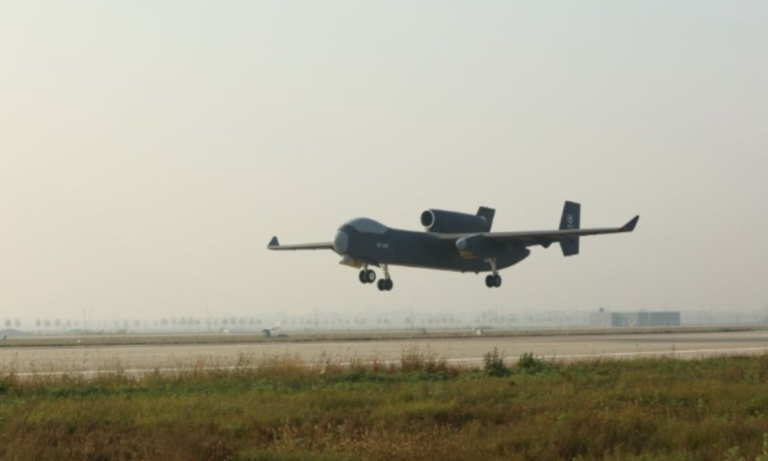
The Nimitz Carrier Strike Group (CSG) has departed Naval Base Kitsap-Bremerton to commence its regularly scheduled deployment to the Indo-Pacific region. As one of the U.S. Navy’s premier strike groups, the Nimitz CSG is set to conduct operations aimed at ensuring maritime security, fostering partnerships, and ensuring a free and open Indo-Pacific.
The strike group, led by the aircraft carrier USS Nimitz (CVN 68), includes the guided-missile cruisers USS Bunker Hill (CG 52) and USS Princeton (CG 59), along with several guided-missile destroyers from Destroyer Squadron 9. The deployment will also see the integration of Carrier Air Wing 17, which brings a powerful complement of aircraft to the group’s mission capabilities.
Rear Adm. Christopher Sweeney, commander of Carrier Strike Group 11, emphasized the importance of the deployment. “Our team is ready to take on the challenges of this deployment. The Nimitz Strike Group stands ready to promote regional stability, deter aggression, and strengthen alliances and partnerships in the Indo-Pacific.”
The Indo-Pacific region remains a critical area of focus for the U.S. Navy, as it encompasses some of the world’s busiest maritime trade routes and areas of strategic importance. During its deployment, the Nimitz CSG is expected to conduct joint exercises, engage with partner nations, and participate in freedom of navigation operations.
The deployment underscores the Navy’s commitment to maintaining a forward presence and upholding international laws and norms. Families and loved ones gathered at Bremerton to bid farewell to the sailors, expressing pride and support as the group embarks on its vital mission.
The USS Nimitz, a nuclear-powered aircraft carrier and the oldest serving in its class, continues to be a symbol of strength and resilience, representing decades of service to the Navy and the nation.
The Nimitz Carrier Strike Group (NIMCSG) departed Naval Base Kitsap in Bremerton, Washington, for a regularly scheduled deployment to the Western Pacific, March 21. For five decades, the Nimitz Carrier Strike Group has upheld the U.S. Navy’s commitment to a forward presence while ensuring maritime security, deterring aggression, and protecting the American way of life. Nimitz, in its 50th year of service, continues and celebrates its legacy of strengthening alliances and partnerships, demonstrating the power of teamwork and cooperation in maintaining peace and security.
The Nimitz Carrier Strike Group (NIMCSG) departed Naval Base Kitsap in Bremerton, Washington, for a regularly scheduled deployment to the Western Pacific, March 21. For five decades, the Nimitz Carrier Strike Group has upheld the U.S. Navy’s commitment to a forward presence while ensuring maritime security, deterring aggression, and protecting the American way of life. Nimitz, in its 50th year of service, continues and celebrates its legacy of strengthening alliances and partnerships, demonstrating the power of teamwork and cooperation in maintaining peace and security.
The strike group’s deployment will focus on protecting security, freedom, and prosperity for the United States, our allies and partners, and demonstrating the U.S. Navy’s unwavering commitment to a free and open Indo-Pacific.
NIMCSG consists of the Nimitz-class aircraft carrier USS Nimitz (CVN 68), Carrier Air Wing (CVW) 17, and Destroyer Squadron (DESRON) 9.
The embarked air wing consists of nine squadrons flying F/A-18C/E/F Super Hornets, EA-18G Growler, E-2D Hawkeyes, C-2A Greyhounds, and MH-60R/S Sea Hawks; Squadrons are the “Fighting Redcocks” of Strike Fighter Squadron (VFA) 22, “Mighty Shrikes” of VFA-94, “Kestrels” of VFA-137, “Blue Diamonds” of Strike Fighter Squadron (VFA) 146, “Cougars” of VAQ-139, “Indians” of Helicopter Sea Combat Squadron (HSC) 6, “Bluetails” of Carrier Airborne Early Warning Squadron (VAW) 121, “BattleCats” of Helicopter Maritime Strike Squadron (HSM) 73, and the “Rawhides” of Fleet Logistics Support Squadron (VRC) 40.
DESRON 9 consists of the Arleigh Burke-class guided-missile destroyers USS Curtis Wilbur (DDG 54), USS Gridley (DDG 101), USS Wayne E. Meyer (DDG 108) and USS Lenah Sutcliffe Higbee (DDG 123).
An integral part of U.S. Pacific Fleet, U.S. 3rd Fleet operates naval forces in the Indo-Pacific and provides the realistic and relevant training to ensure the readiness necessary to execute the U.S. Navy’s timeless role across the full spectrum of military operations. U.S. 3rd Fleet works together with our allies and partners to advance a shared vision of a free, open, and secure Indo-Pacific in which all nations are secure in their sovereignty and free from coercion.





